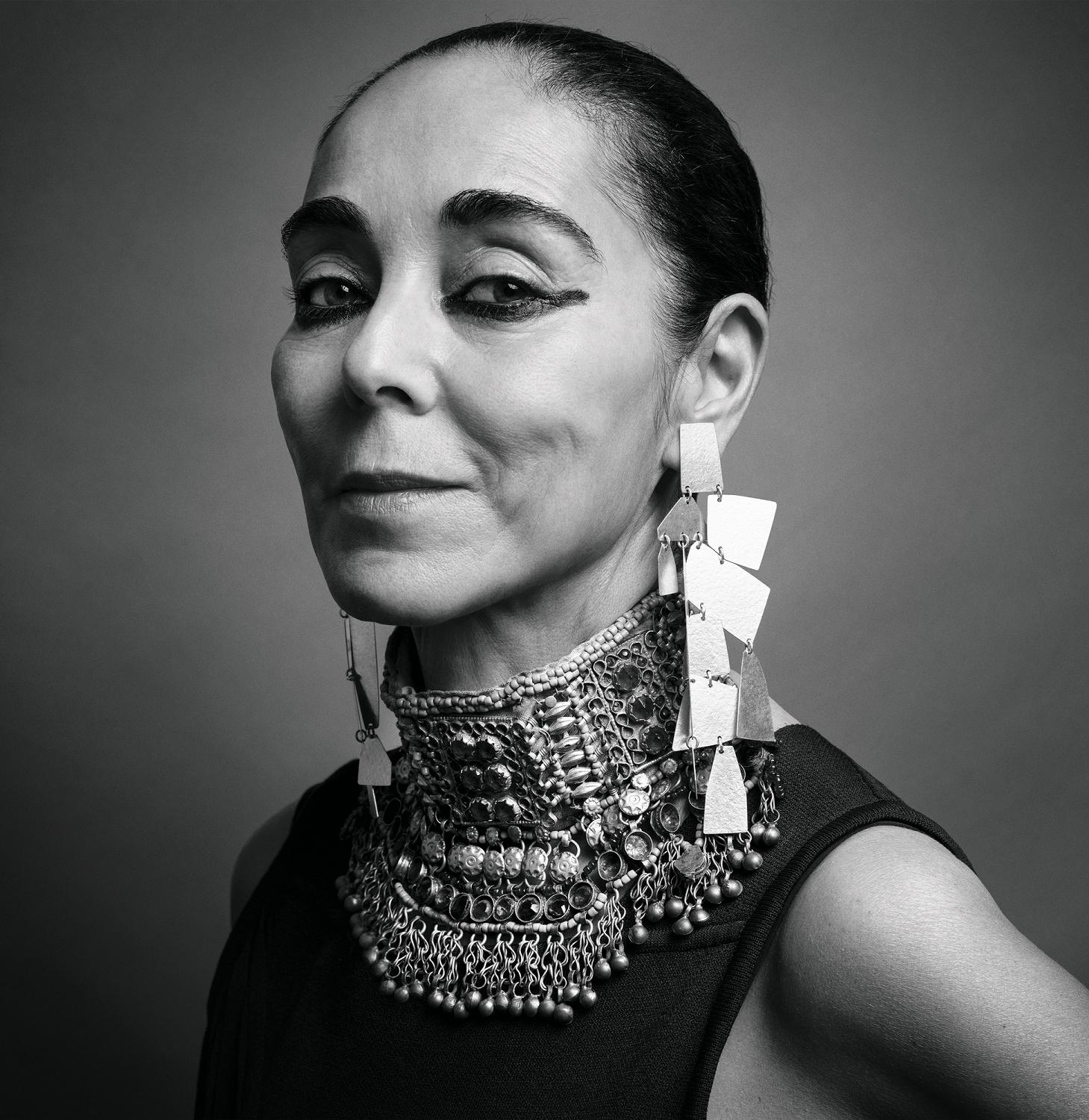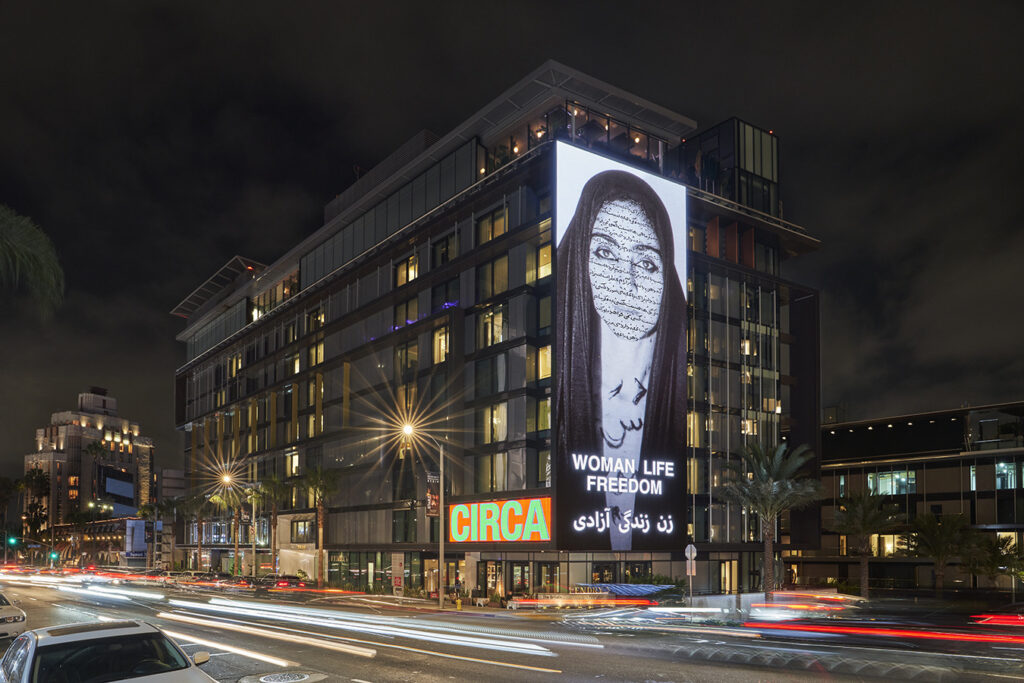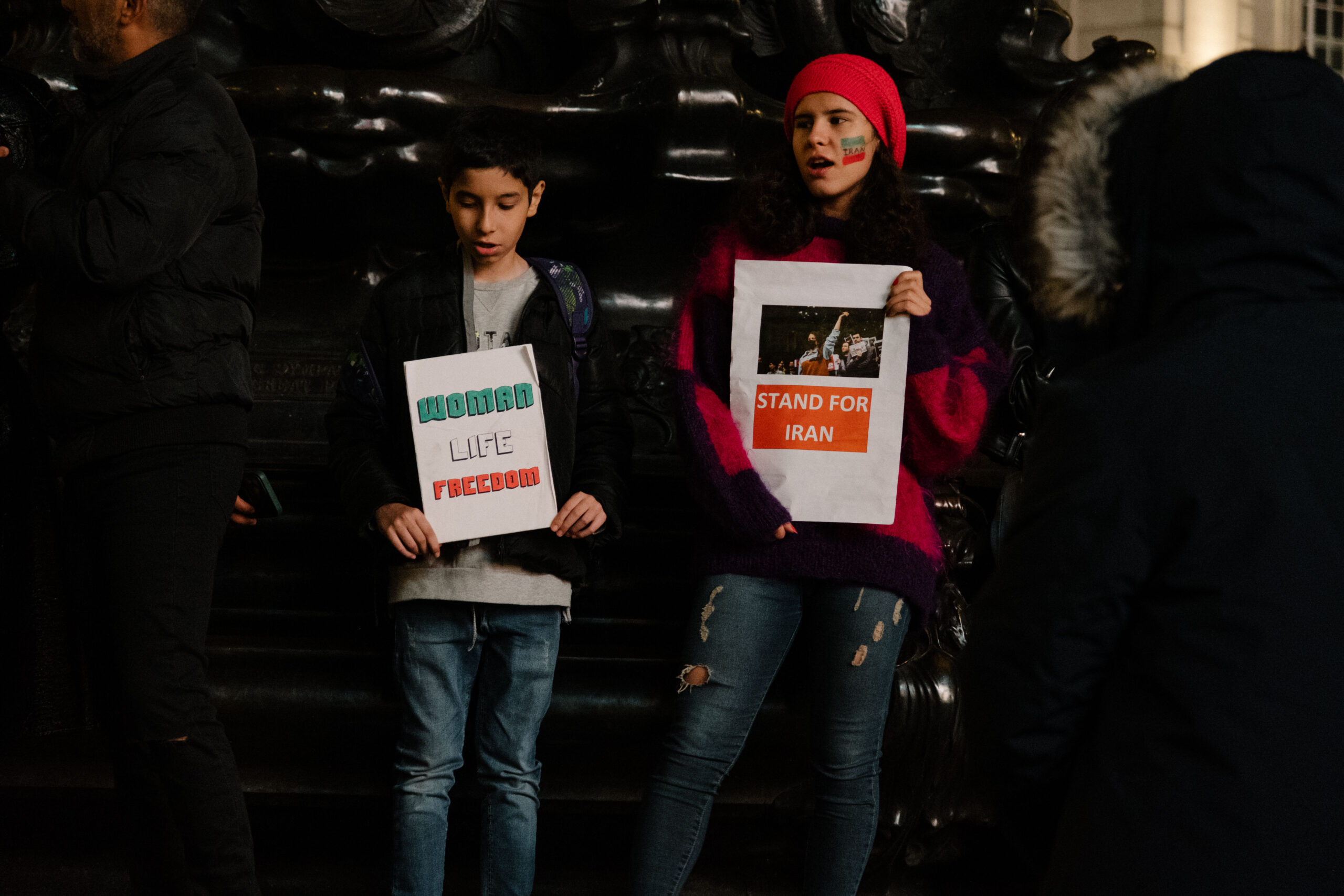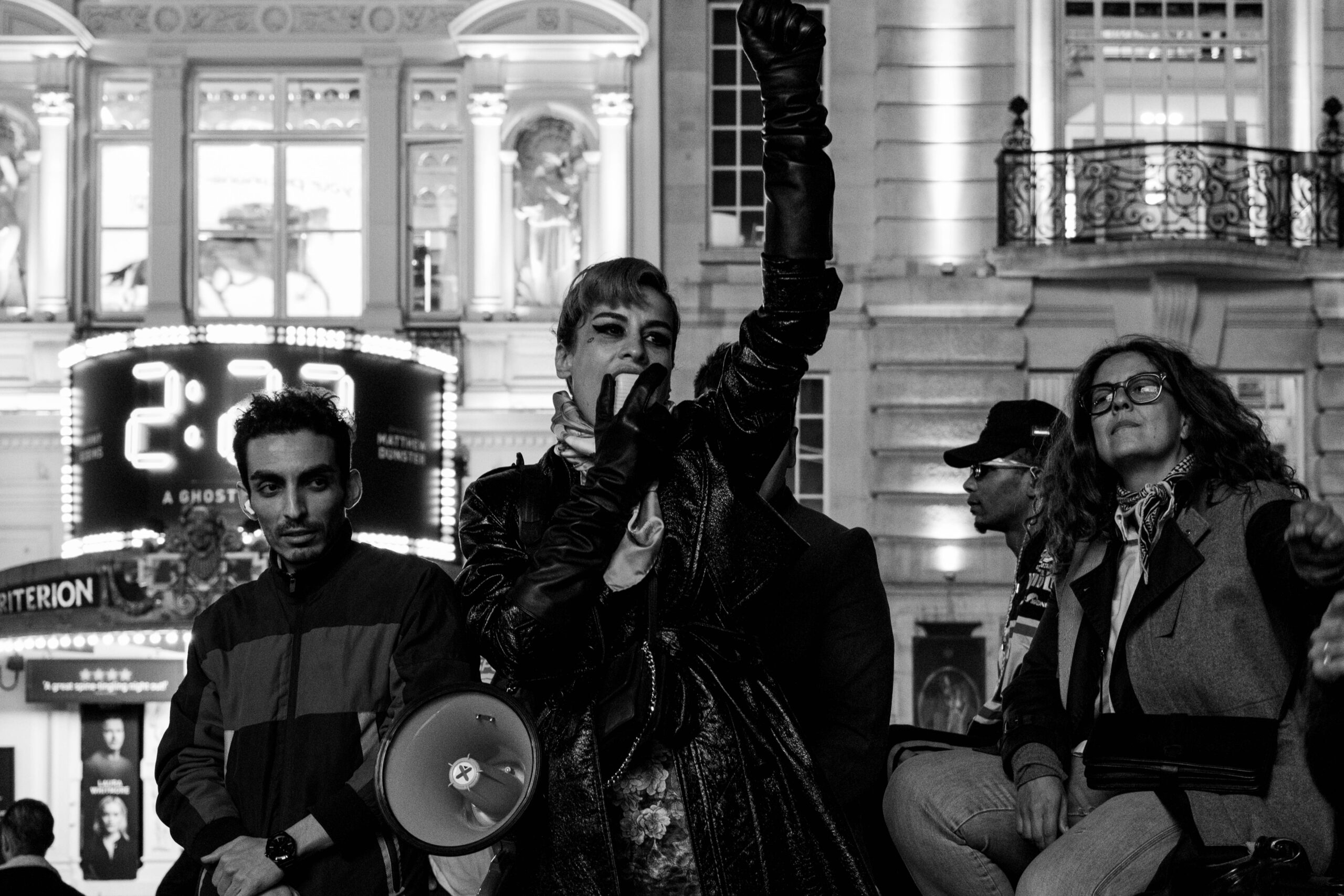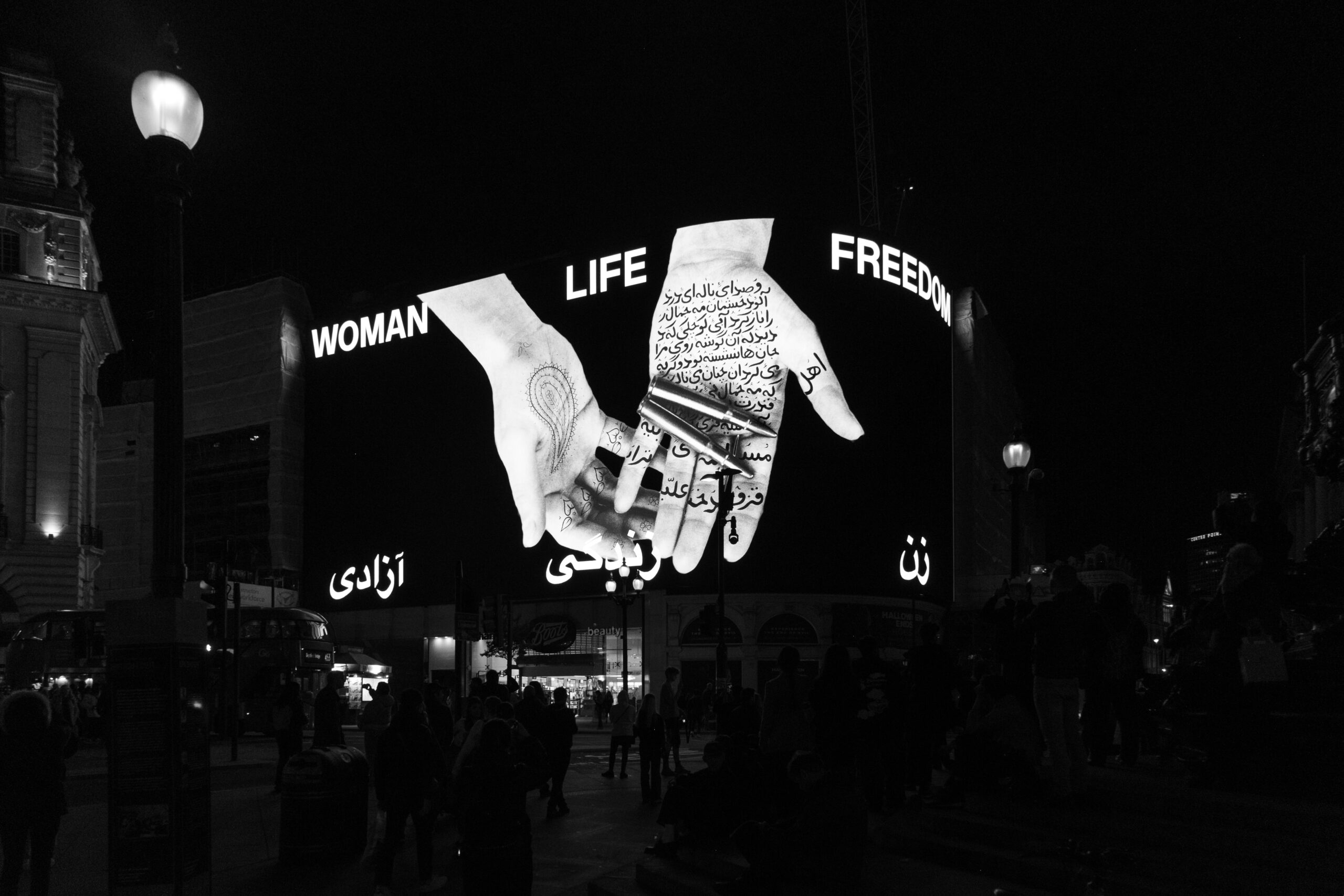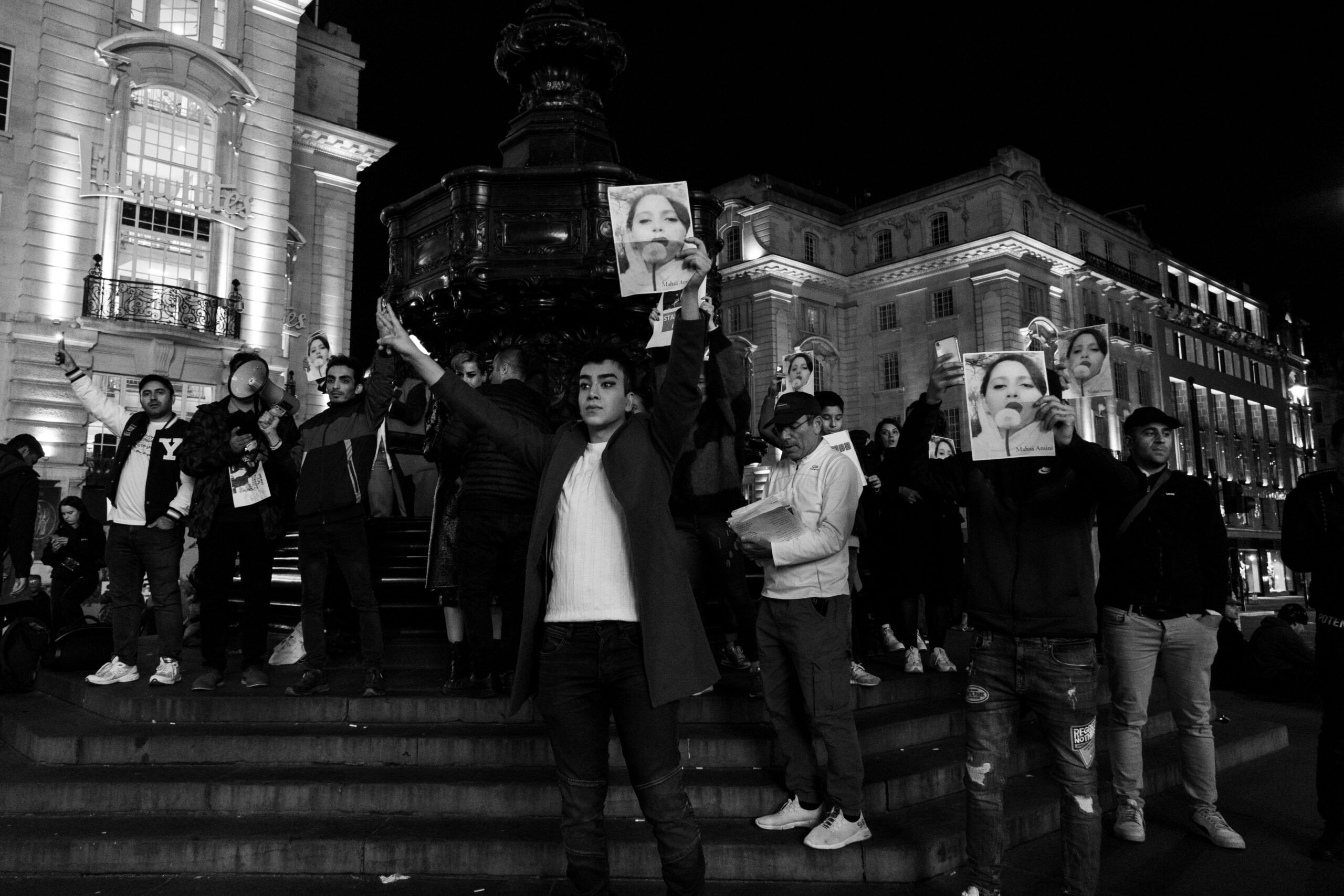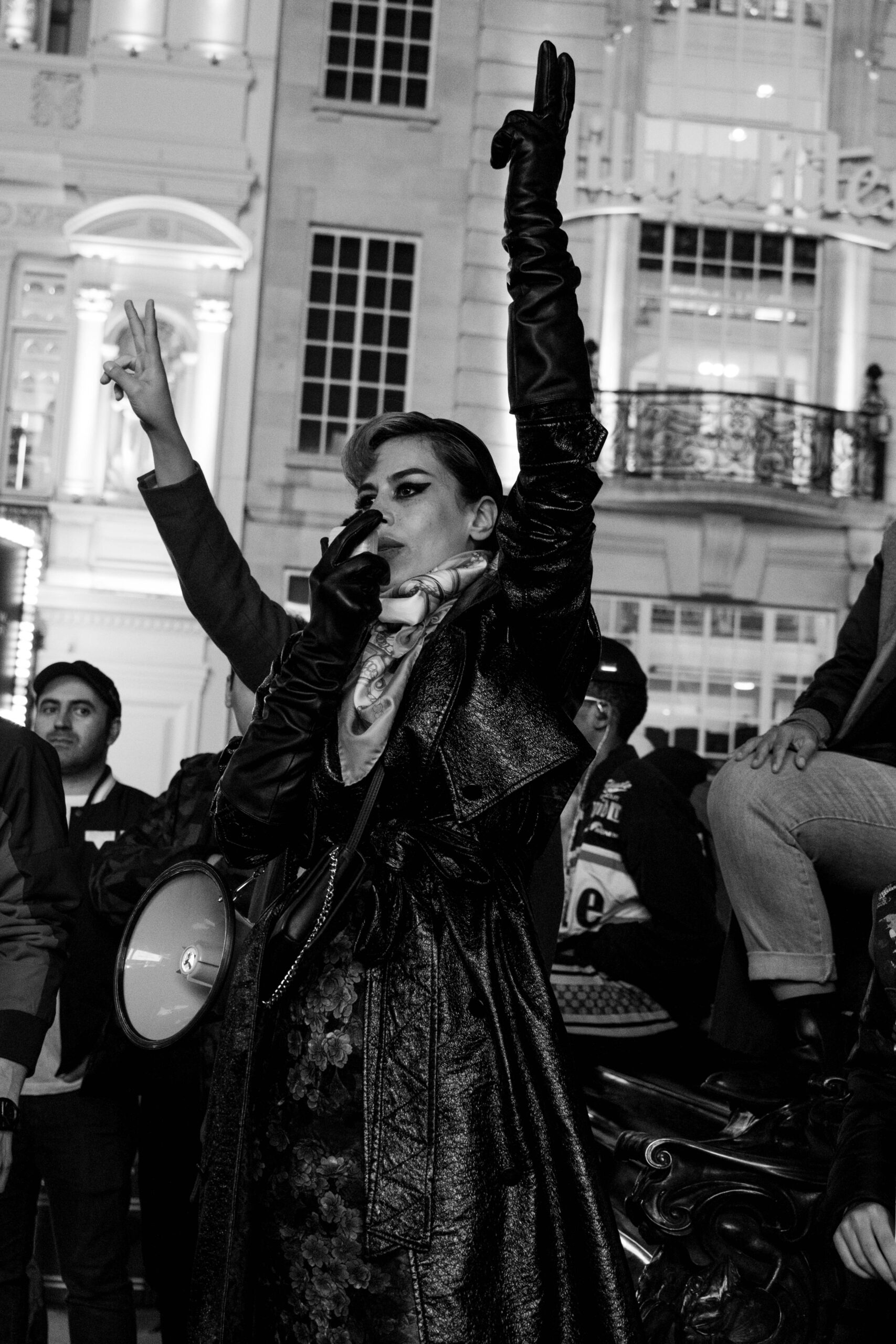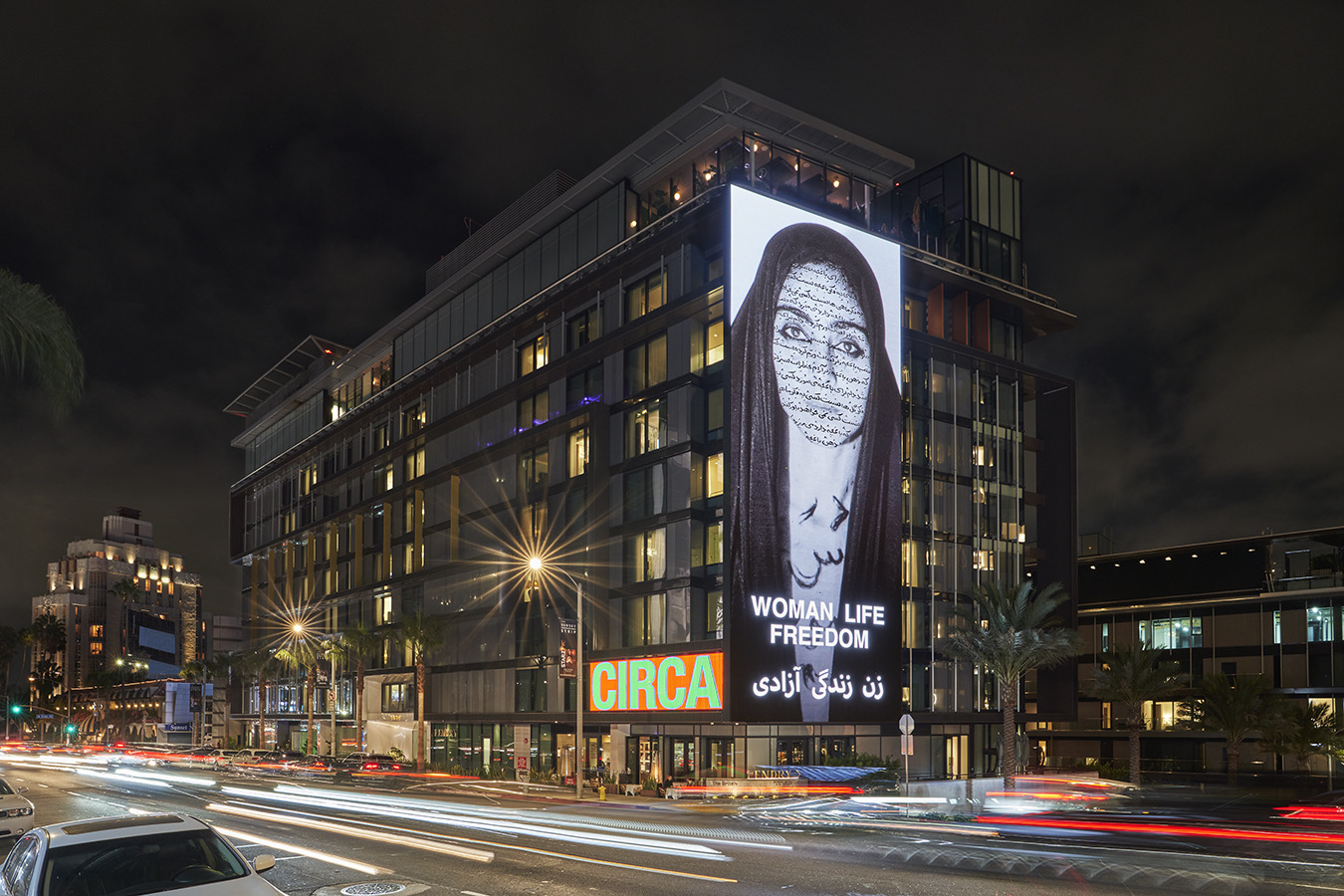Róisín Tapponi in Conversation With Shirin Neshat
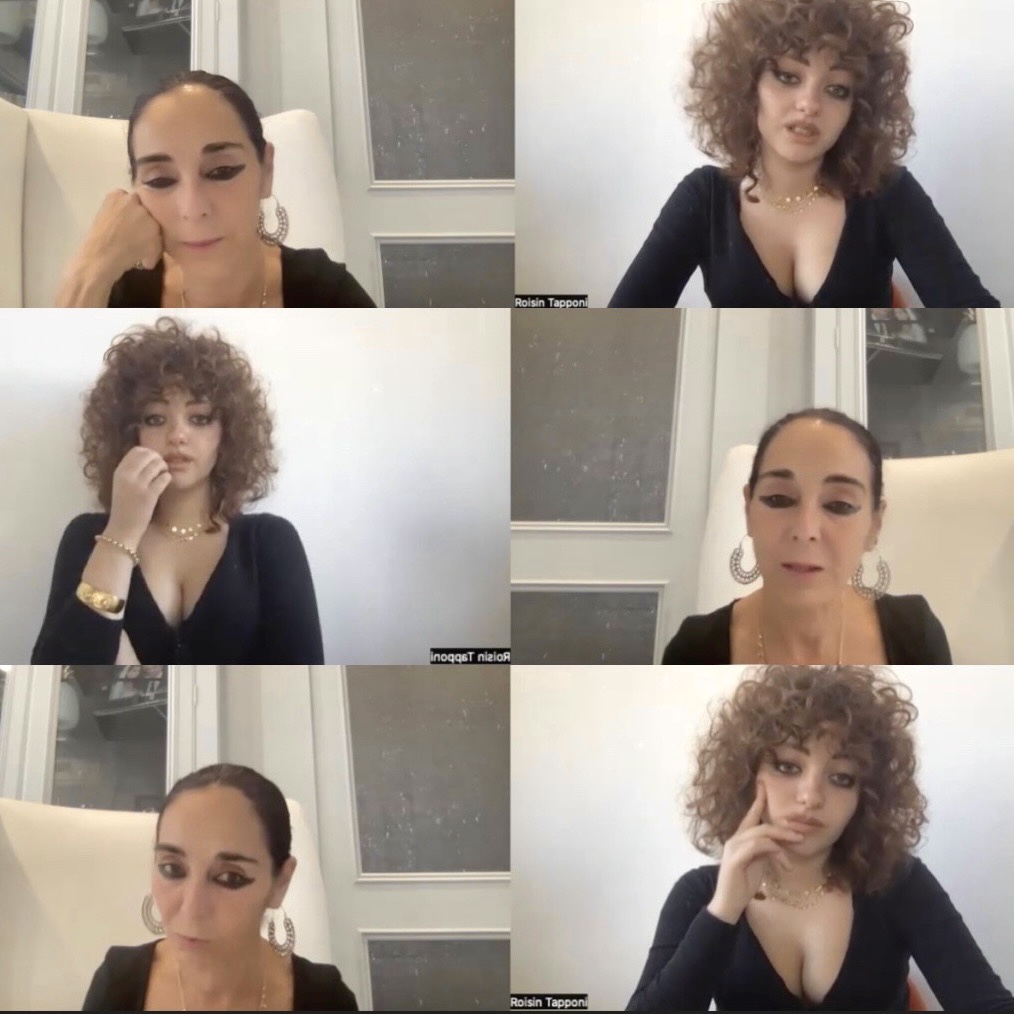
Since CIRCA first broadcast on Piccadilly Lights with Ai Weiwei on 1 October 2020, a new conception of freedom and imagination has begun to take hold, one that reminds us of our collective potential to remake the world we inhabit. Together, emerging and established voices are recentering both art and social change, not as the fringe activities of elites or radicals, but as roles essential to human life. In an open letter published earlier this week, Shirin Neshat, Ali Abassi and Bahman Ghodabi invited people around the world to further echo the rallying cries of Iranians for freedom. Through this cross-atlantic response and countless others, hope prevails.
In response to this urgent commission, curator and critic Róisín Tapponi connected with artist and filmmaker Shirin Neshat over Zoom to discuss her CIRCA 2022 commission WOMAN LIFE FREEDOM.

